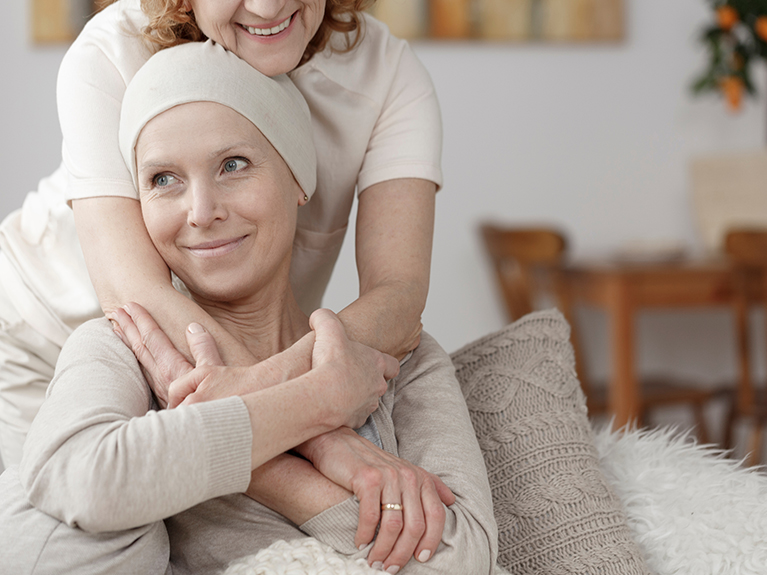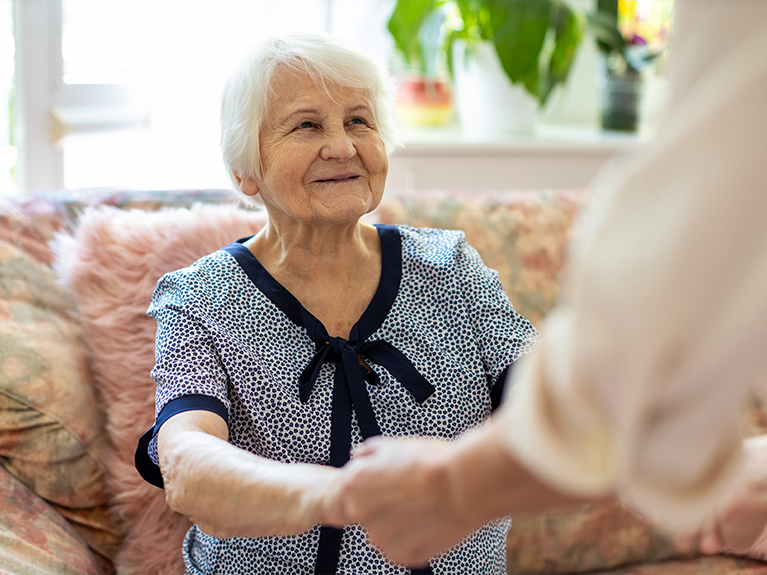New Opportunity to Contribute to Better Dementia Care: The GUIDE Model
 Dementia is challenging for patients, families, providers, and many of our Coalition members. It affects nearly 7 million Americans today. Their care is fragmented with little support for social needs or caregiver burdens. But now there is a new model your organization may want to participate in to improve that care.
Dementia is challenging for patients, families, providers, and many of our Coalition members. It affects nearly 7 million Americans today. Their care is fragmented with little support for social needs or caregiver burdens. But now there is a new model your organization may want to participate in to improve that care.
The new CMS Innovation Center’s (CMMI) Guiding an Improved Dementia Experience (GUIDE) Model is a person- and family-centered demonstration. It will be an eight-year, national model that features all of C-TAC’s 11 Core Principles for serious illness care models and has been informally described by CMMI as a “palliative care” model. That’s because the model requires care coordination and management, referrals to community services, support for the person and family, respite care, 24/7 access, and an interdisciplinary team.
The Model
Per CMMI, the GUIDE Model aims to address the key drivers of poor-quality dementia care in five ways:
- Defining a standardized approach to dementia care delivery for model participants – this includes staffing considerations, services for beneficiaries and their unpaid caregivers, and quality standards.
- Providing an alternative payment methodology to model participants – CMS will provide a monthly per-beneficiary payment to support a team-based collaborative care approach.
- Addressing unpaid caregiver needs – the model will aim to address the burden experienced by unpaid caregivers by requiring model participants to provide caregiver training and support services, including 24/7 access to a support line, as well as connections to community-based providers.
- Respite services – CMS will pay model participants for respite services, which are temporary services provided to a beneficiary in their home, at an adult day center, or at a facility that can provide 24-hour care for the purpose of giving the unpaid caregiver temporary breaks from their caregiving responsibilities.
- Screening for Health-Related Social Needs – model participants will be required to screen beneficiaries for psychosocial needs and health-related social needs (HRSNs) and help navigate them to local, community-based organizations to address these needs.
Beneficiary Eligibility
CMMI says that eligible beneficiaries will be community-dwelling Medicare FFS beneficiaries, including beneficiaries dually eligible for Medicare and Medicaid, who have dementia. (Note: those enrolled in Medicare Advantage (MA), or the Medicare Hospice Benefit are not eligible to participate.) Beneficiaries will be assigned to one of five model tiers based on the complexity of their needs, and, if applicable, their caregiver’s needs. Model services, care intensity, and payment will vary by model tier.
Participating Organizations
GUIDE participants will be:
- Medicare Part B enrolled providers/suppliers who are eligible to bill for Medicare Physician Fee Schedule services
- Capable of providing ongoing, longitudinal care for dementia patients
- Meet the care delivery requirements of the model and must maintain an interdisciplinary care team, including a trained care navigator and a clinician with dementia proficiency
Payment will be a combination of:
- Per beneficiary per month that varies by model tier
- Health equity up adjuster
- Any needed respite care up to a $2,500 annual cap
- Infrastructure payment for qualifying safety-net providers
Model participants need to have experience with dementia care and will be assigned by CMMI to either an “experienced” or “new” dementia care track. It is anticipated that participants will need to have at least 200 patients at a time within this model.
Important: the Request for Application (RFA) to be a participating organization is due by January 30, 2024. As currently planned, this will be the only opportunity to apply.
Partner Organizations
CMMI anticipates that participating organizations will likely need to work with partners to provide aspects of the model, such as 24/7 access, referral to community services, respite, etc. Also, those organizations who can’t meet the GUIDE care delivery requirements can contract with other Medicare providers/suppliers to meet them as “Partner Organizations.” We anticipate that this is the role that most hospice providers will be eligible for if they lack their own Part B service line.
Partners do not need to submit an RFA and can be added to or removed from the model annually. We will therefore publish the list of accepted dementia programs when that is announced next spring so C-TAC members and supporters can coordinate with any local participating dementia practices to provide this new holistic care.
C-TAC strongly supports this model and will continue to monitor and provide updates on its development and implementation.
More information is available on the CMMI GUIDE Dementia model website.


